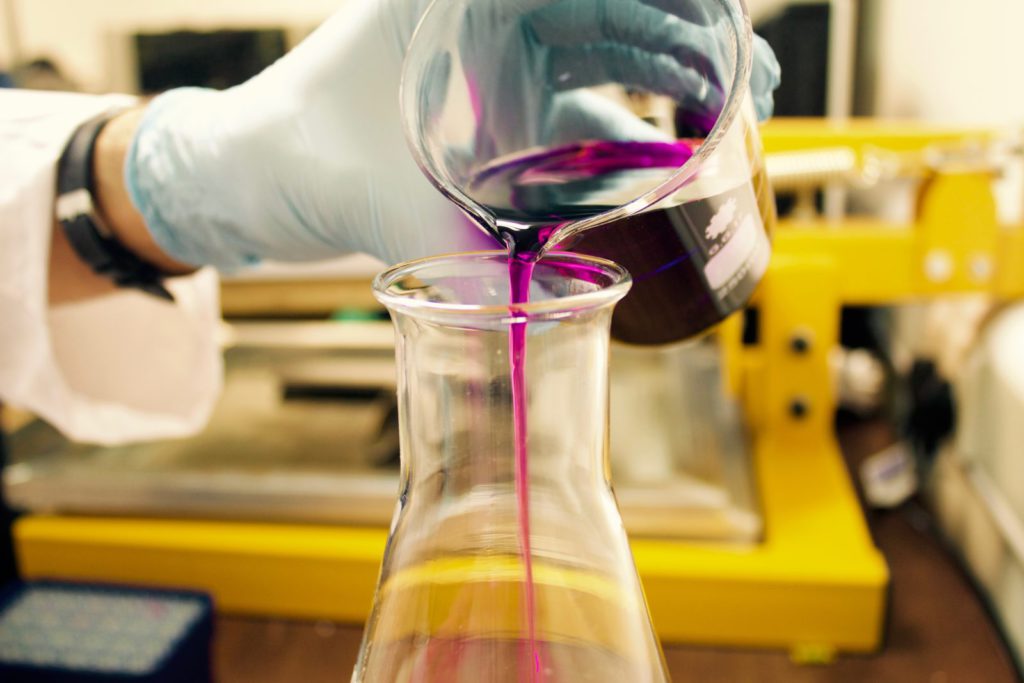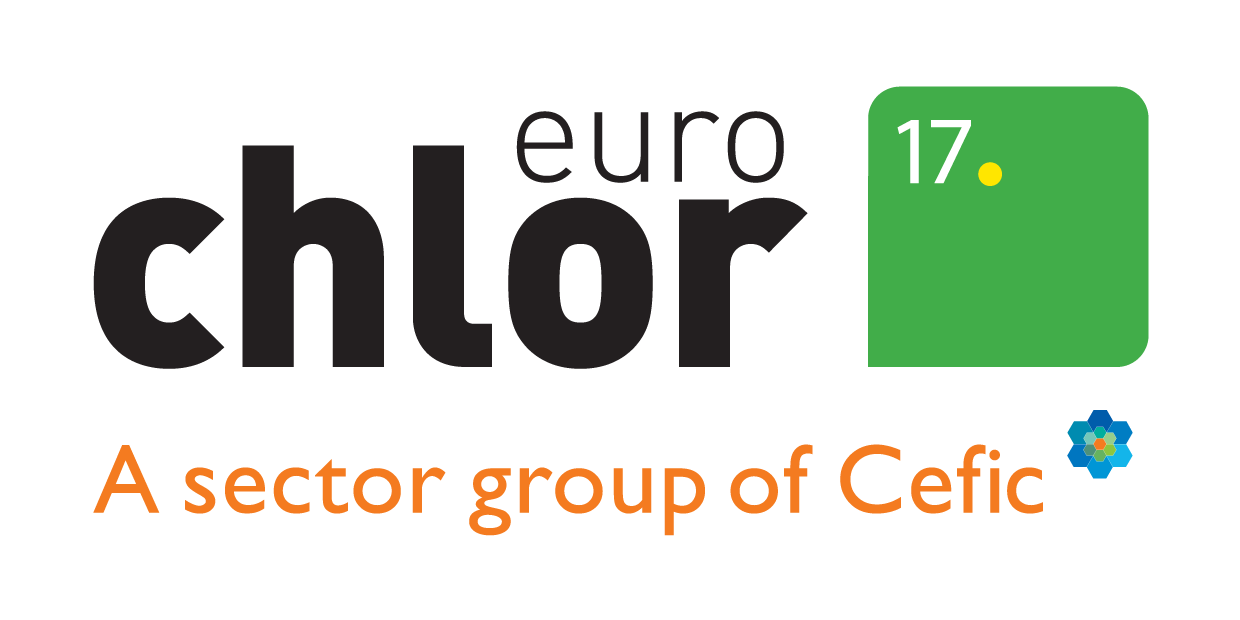240 years young and still going strong: chlorinated bleach disinfectant
Bleach, hypo, eau de Javel. Three names for the same chlorine thing that is one of the most efficient bacteria killers: sodium hypochlorite.
Chlorinated bleach (or just “bleach”) has been among us for about 240 years now and is still one of the most effective disinfecting agents. Bleach has a distinctive chemical action on bacteria: it oxidises their cell wall proteins. This makes the bacteria “explode” when treated with eau de Javel, which is a diluted sodium hypochlorite solution. Very few bacteria can resist this attack.
But bleach started its successful career quite differently. More than two centuries ago, many textile garments tended to turn yellowish. The people had developed a very simple method to bleach these garments: they just spread them out in meadows on bright sunny days. The sun rays - and more specifically the oxidising ultraviolet rays - could whiten the garments to a certain extent.
In those days (1784), the French chemist Claude-Louis Berthollet was doing extensive research on dyes and later also on bleaching agents, steel and gunpowder. He was the chief administrator of a tapestry manufactory in a small village called Javel. Although certain chlorinated compounds were already known to have bleaching capabilities and were even commercially applied in England, Berthollet’s publications on bleach and its capabilities received a lot of attention. “His” chlorine bleach is still called “Eau de Javel” in several countries.
Even today, chlorinated bleach is very popular as an oxidising (bleaching) substance. It is used every week in millions of homes and tens of thousands of hospitals because we now know that this property also makes it an excellent bacteria killer. Our body has been aware of this for a very long time: we produce another chlorinated compound when hit by an infection: hypochloric acid. This helps destroy the invisible invaders.
Two warnings though: bleach can irritate our skin and damage our eyes. That is why it should be handled with proper care and protection for the hands and face (protect your eyes!). Also, Eau de Javel or hypo should never be used together with acidic fluids (like vinegar, toilet cleaners etc.) because the compounds will react together and liberate a cloud of toxic chlorine gas.
Read more
• About the safe use of bleach
• About Claude-Louis Berthollet in Encyclopedia Britannica


